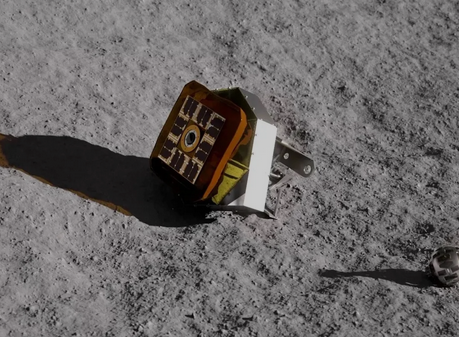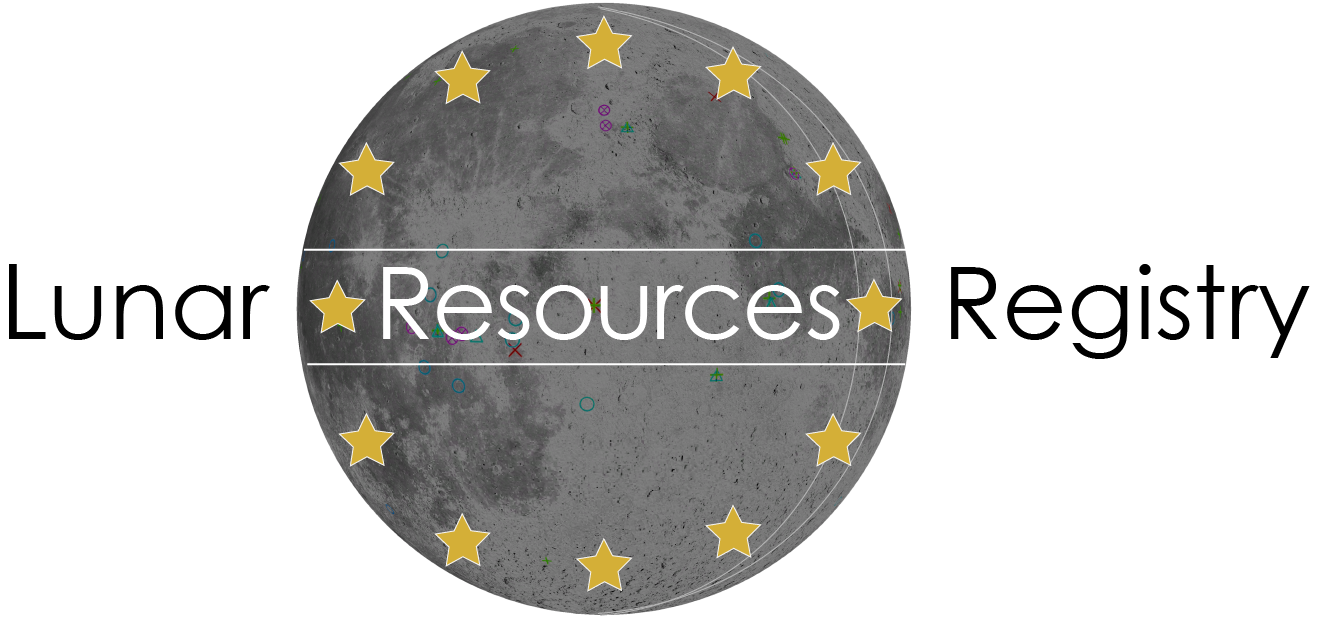
The Japanese Aerospace Exploration Agency (JAXA) achieved a major milestone when its Smart Lander for Investigating Moon (SLIM) landed on the Moon on January 19, 2024. Japan is now the fifth country to accomplish a soft lunar landing, proving the precision landing capabilities developed by JAXA.
The SLIM mission, focussed on the SLIM lander, is often referred to as the “Moon Sniper,” demonstrated an unusually accurate touchdown within 100 meters of its intended target on the moon’s surface. This level of precision in lunar landing opens up new possibilities for future missions to explore specific areas of the moon with high scientific interest. However, the actual SLIM lander, in skate boarding terminology, conducted a faceplant landing, and its nose is in the lunar regolith for eternity.
Before landing it did release two unique rovers, LEV-1 and LEV-2.
LEV-1, is affectionately known as the Hopping Rover, because of its unique process of traversing the Lunar terrain.
It is a small robotic explorer deployed (before the faceplant touchdown) from the Smart Lander for Investigating Moon (SLIM). It has embarked on lunar exploration by successfully conducting various activities on the Moon’s surface. It weighs 2.1 kilograms, including a 90g communication device allowing LEV-1 to demonstratee direct communication with Earth, marking it as the world’s smallest and lightest entity to achieve such a feat from approximately 380,000 kilometres away.
Thought limited to an operational period due to power constraints, LEV-1 managed to execute planned leaping movements and engage in inter-robot test radio wave data transmissions with its counterpart, LEV-2 (nicknamed SORA-Q), although image acquisition has yet to be confirmed. The rover’s achievements, including its leap movements and fully autonomous operations, are considered groundbreaking and will inform future lunar explorations, hopefully leading to space mining.
LEV-1 now remains in a standby state on the lunar surface, with the potential to resume activities as solar power generation becomes possible.
